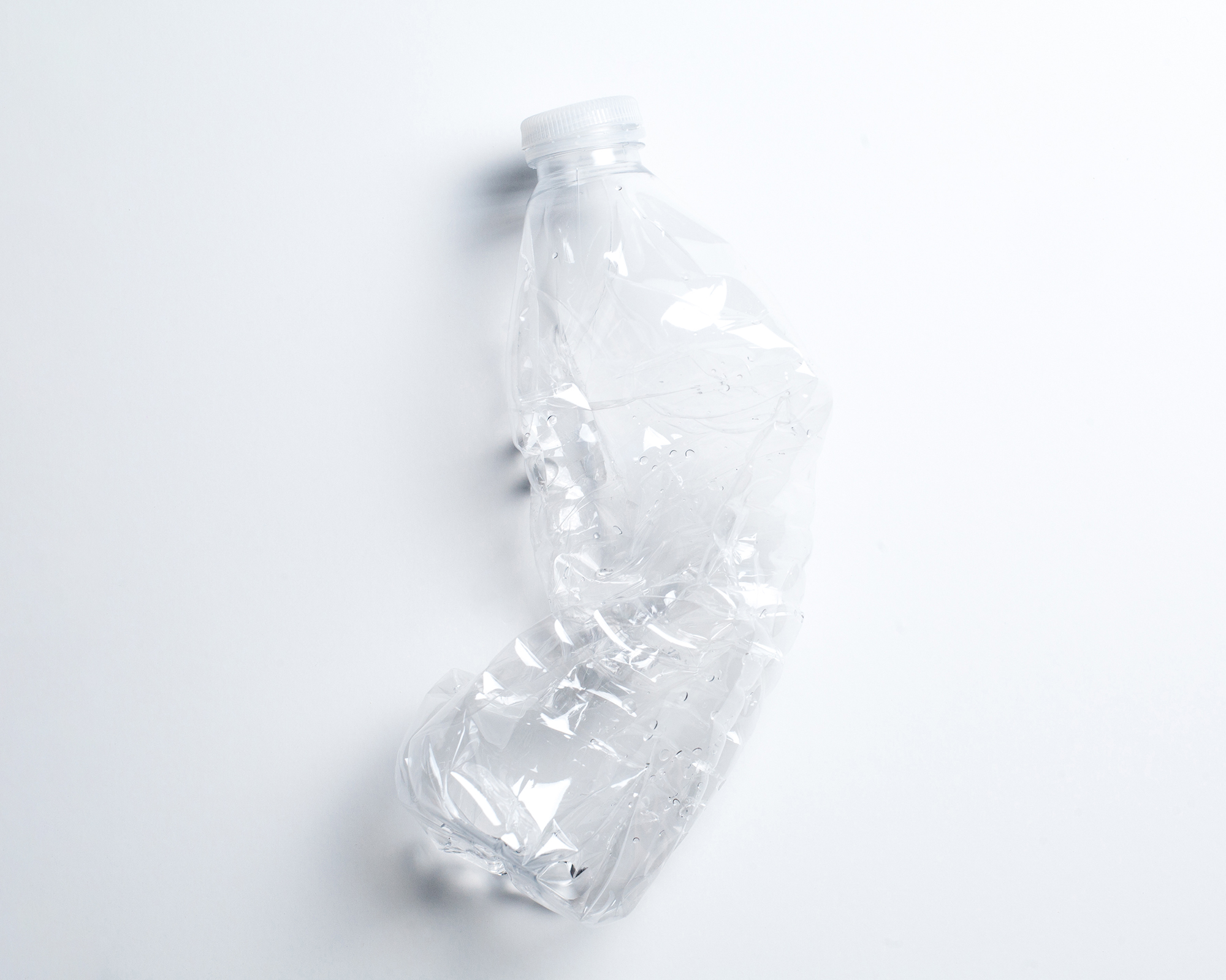

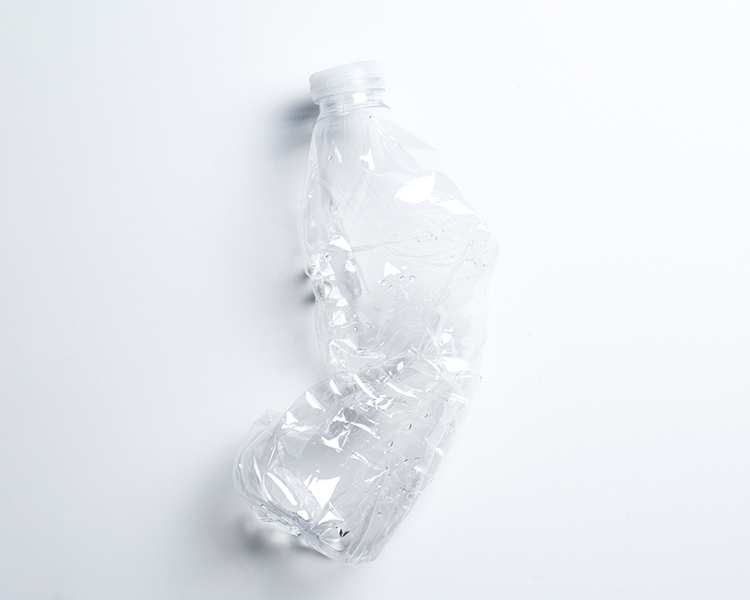
Lifestyle / Advice
June 5th, 2022
the impact of plastic on the planet
It really is everywhere: in our homes, on our plates, and unfortunately in the natural world and inside our stomachs. Millions and millions of tonnes of plastic are still being produced every year, and they’re difficult to get rid of. But there are ways of avoiding plastic, if everyone is willing to make a small effort!
28 April 2022: California launches a large-scale investigation to determine where responsibility lies for plastic pollution in terms of the petrochemical sector and decided to sue the giant ExxonMobil. All eyes were trained on the allegedly misleading campaigns on recycling: despite its reassuring message, the plastic recycling rate never exceeded 9%. The prosecutor for the Golden State on the US West Coast described the reality of the situation: “Every week, we consume about a credit-card sized amount of plastic through the water we drink, the food we eat and the air we breathe.”
Almost 80% of plastic ends up in nature
Whether justified or not, this unprecedented legal summons by an American state against manufacturers testifies to the lack of plastic recycling coupled with the ongoing production of the hydrocarbon derivative. The figures say it all. According to the OECD (Organisation for Economic Co-operation and Development), around 460 million tonnes of plastic were produced worldwide in 2019, generating 353 million tonnes of waste, of which less than 10% is currently recycled. 12% is incinerated and 79% simply builds up in landfills or nature. The problem in the ocean is crystal clear: 5,000 billion pieces of plastic are currently adrift, and 700 marine animal species have ingested plastic or become trapped in it.
So how can we act against this widespread use of plastic and the pollution it causes? First of all, we must do our very best to use recyclable AND recycled plastics. We’re making progress as a society, especially in terms of the collecting and processing systems that are widely used today in many countries. In France, Citeo estimates that 28% of plastics are recycled: 54.5% for bottles… but only 7.5% for other packaging. We could definitely do better.
Another solution is to target plastic packaging, which accounts for nearly half of all the world’s plastic waste. The first solution is to replace plastic with cleaner materials, or rather materials that pollute less.
Glass and aluminium are essential, and both have the benefit of a recyclability rate of close to 100%.
Glass and aluminium: realistic alternatives(?)
Glass can be reused over and over, and is perfectly stable even in the long term: it does not break down, and therefore does not pollute the environment once it has been produced. The only downsides to glass are the materials required and the amount of energy used to make it. Glass production requires sand – one of our planet’s limited resources – and furnaces that are heated to very high temperatures, which are very difficult to power down.
Aluminium has the benefit of being easily accessible. It is almost 100% recyclable and very common in the form of bauxite ore. In fact, it is the most abundant metal on earth. However, aluminium does require a lot of energy to produce and is still not sufficiently recycled. While 85% of glass is recycled in France, the aluminium recycling rate is stagnating at 48% (figures by Citeo). And unlike glass, aluminium breaks down slowly and eventually pollutes our soils and water if it is not recycled.
All told, glass and aluminium are indeed credible alternatives to the use of plastic, but neither can claim to offer the perfect solution. So it’s back to basics, and time to acknowledge what everyone knows to be true: the best kind of waste is no waste at all! As the circular economy’s 3R principle has it: recycling is good but reusing and reducing is better.
As the circular economy’s 3R principle has it: recycling is good but reusing and reducing is better.
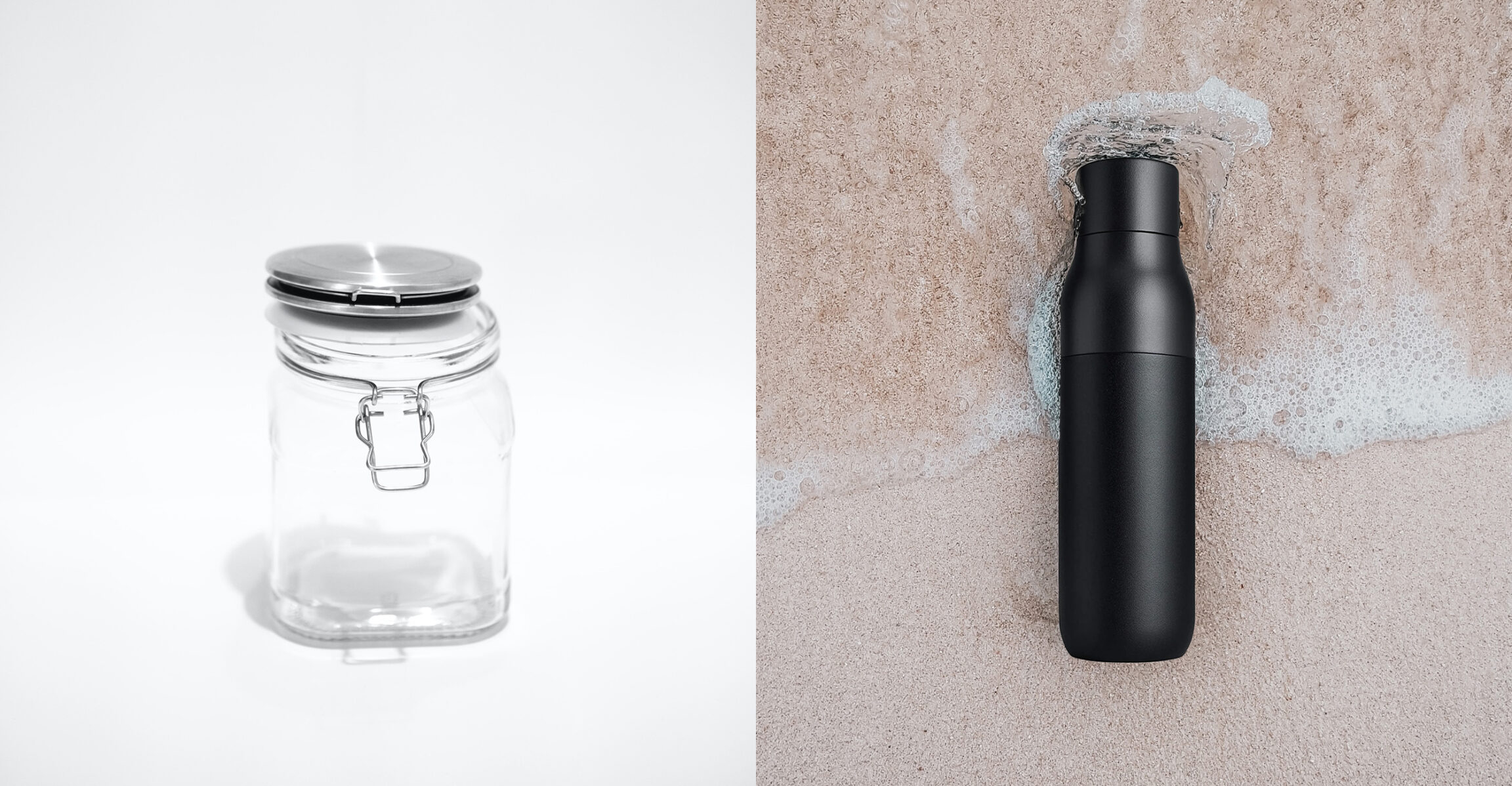
Reduce rather than recycle
Cutting down on how much plastic we use means opting for products which themselves require little or no plastic. At myBlend for example, our containers use less than 4% plastic, while we make our boxes from recycled and recyclable raw cardboard, and use no cellophane wrap.
Reducing also means cutting out all single-use plastic. France plans to ban them completely by 2040, and has already taken many everyday consumer goods off its shelves: disposable tableware and cotton buds were banned in 2020, straws, disposable cutlery, take-away cup lids, balloon stems, confetti, and expanded polystyrene boxes in 2021, and tea and herbal infusion sachets in 2022. These regulations are necessary and welcome, but they don’t rule out consumer responsibility. We must all think about how we use plastic, and what choices we can make to avoid it whenever possible.
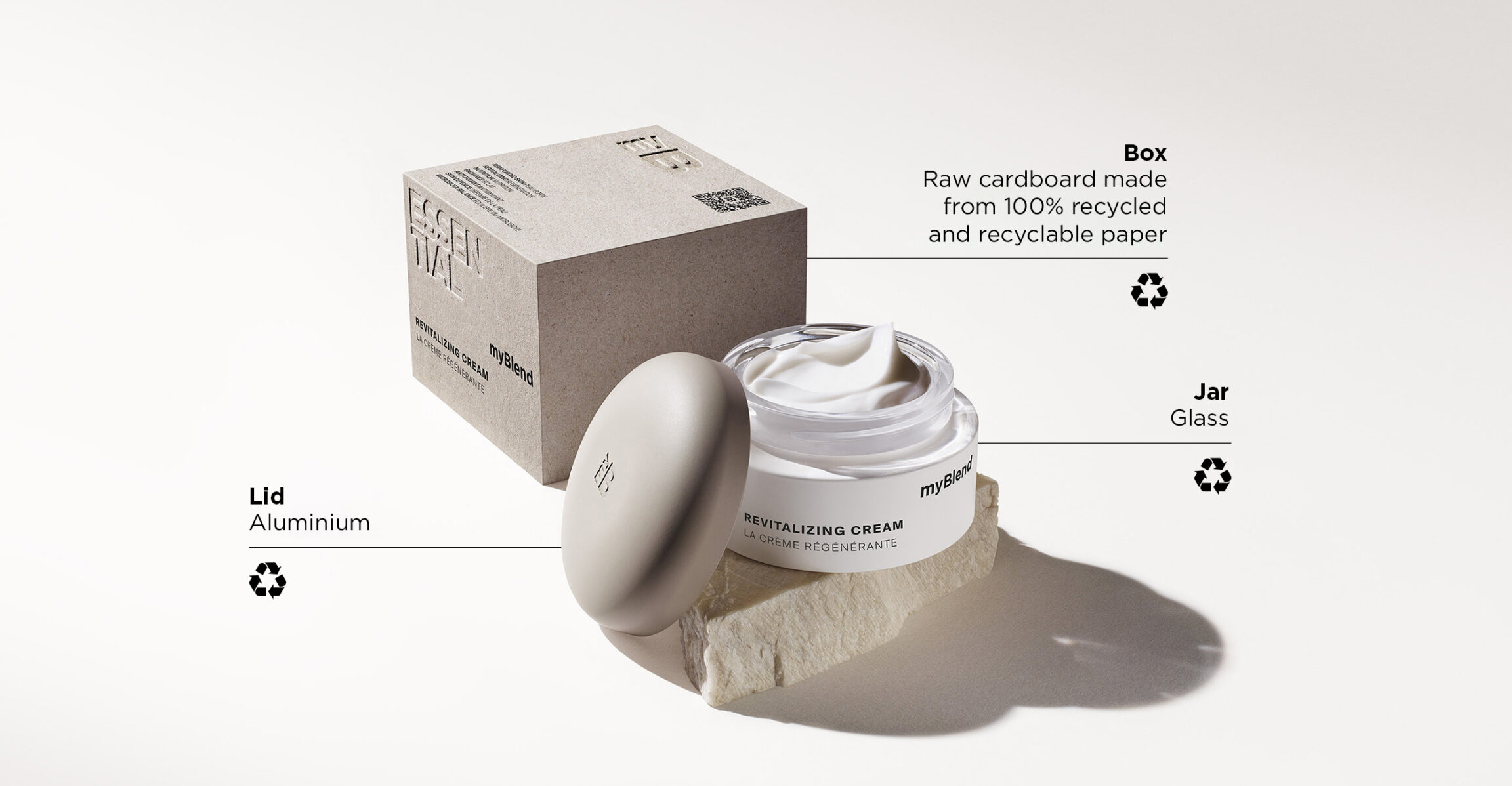

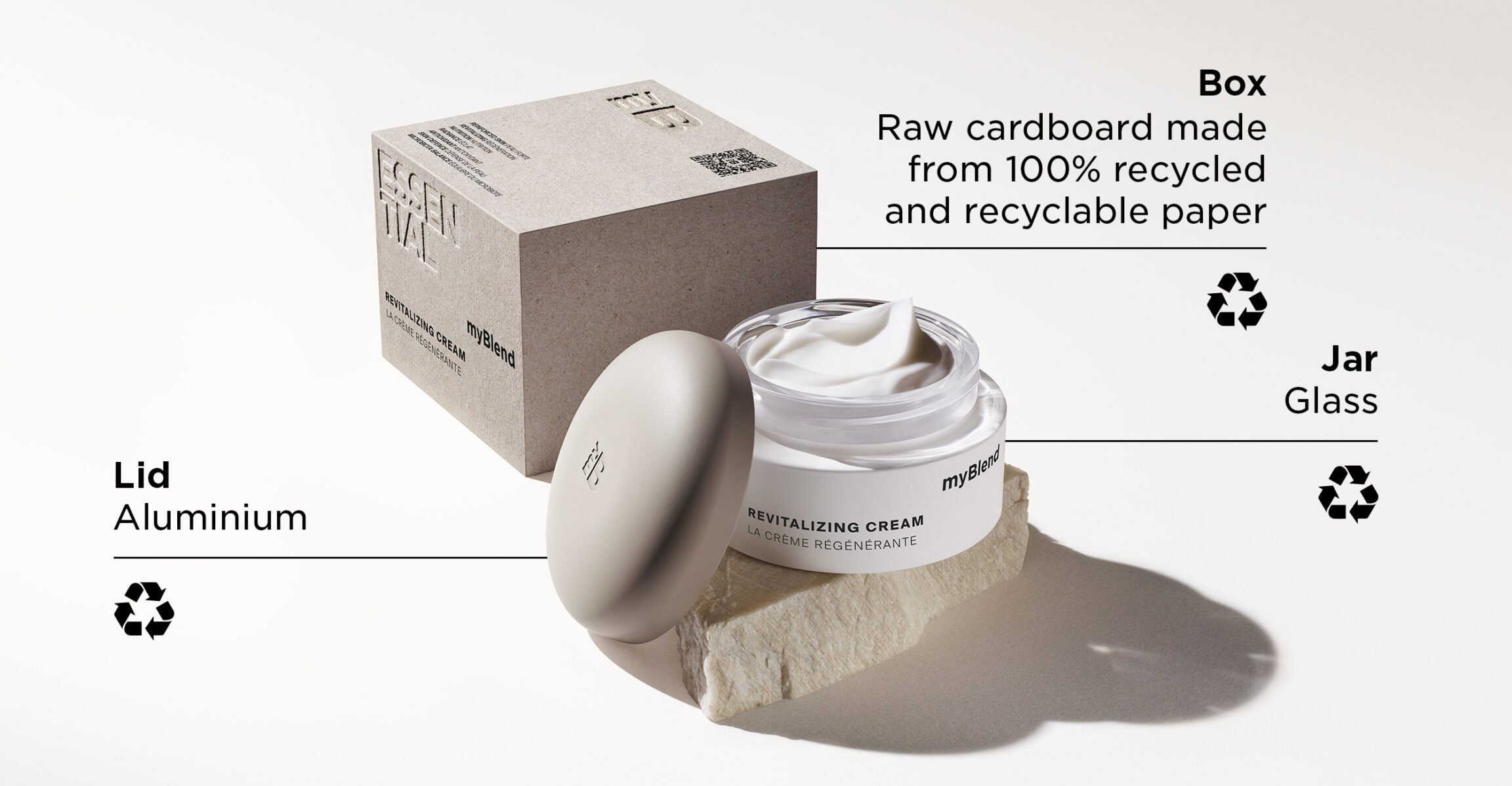
How to cut out plastic
Here are some easy ways to start cutting down on plastic:
- Buy in bulk and avoid all pre-packaged fruit, vegetables and cheeses.
- Use a stainless-steel flask to avoid buying plastic water bottles.
- Don’t use plastic film to cover your food, go for sealed boxes or food films in washable and reusable fabrics.
- Stop buying chewing gum.
- Use less frozen food or ready meals, which are vastly overpackaged.
- Reuse fabric shopping bags.
- Choose products packaged in cardboard rather than plastic.
- Reuse glass jars and containers.
There are other more or less restrictive ways to eliminate plastic too: use washable nappies, matches or rechargeable lighters rather than plastic lighters, or choose homemade household products… Remember that the key element is to become aware of how we’re using plastic, then we can take more and more steps towards a plastic-free world.
We have a long way to go, let’s start right now!